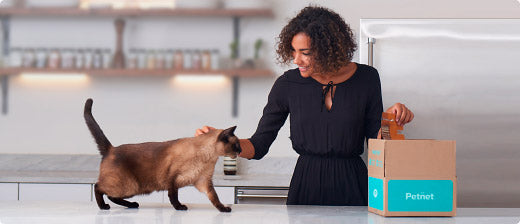Some pets are just fine visiting the vet; they view it as a social gathering, prancing around greeting all the vets, technicians and other animals like it’s a party. But many of our dogs and cats aren’t as happy at the vet. Maybe they had a bad experience in the past, maybe they don’t like the smells, and for whatever reason, as soon as they get in the door, they turn into shaking, cowering little puddles of anxiety.
While it may not be possible to convince Bowser that visiting the vet is fun, there are some things you can do to make the outing a little more bearable for him.
Here’s some tips from our favorite vets:
- Practice at home. Lift their lip, check their teeth and gums, look in their ears, run your hands up and down their body and limbs, hold their paws. Go through the motions of the vet so they get accustomed to people touching them.
- Acclimate to car and to the carrier. If your pets only car ride is to the vet’s office, they are going to get nervous as soon as you put them in the car. Take them out regularly, even if it is around the block so they don’t equate the car ride, or carrier with a vet visit.
- Work with them on some basic commands, sit, stay, lie down, hop up – positions that you may find useful at the vet’s office. You can also run through these commands with them in the waiting room. It helps distract them from their surroundings, while giving them a boost of confidence.
- Visit the vet’s office for a social call. Yes, bring them in just to say hi and maybe get a couple of treats. If they see the office as a fun place to visit, they are less likely to be anxious when the appointment is for real.
- Bring their own mat or blanket for the floor. It brings a touch of home and security and is nicer to sit on then the cold linoleum.
- Take them for a pit stop before you go inside. You don’t want the added pressure of that hanging over their head.
- Ask your vet for an appointment during a typically quiet time. Depending on your vet, that might be right before lunch, or first thing in the morning. Your goal is to minimize distractions for your pet.
- Make a plan with your vet regarding their approach, what is going to be done, who is going to be handling your pet and whether or not they feel the need for muzzling.
- Ask your vet if they can examine your dog outside. Many dogs are more comfortable being outside and may take the exam more easily if they feel that freedom.
- Consider relaxation aids for your pet. There are plenty of anti-anxiety medications, sprays and even treats to help take the edge off your pet’s nerves.
- Bring plenty of high-value treats. Those tasty tidbits alone may be enough to distract them from what is going on and focused on getting more treats.
- Consider an in-home vet. Many vets make house calls, so for simple exams, vaccinations or diagnosis that may be an option.
- Keep control of your own anxiety. Many owners get nervous themselves and then their pets feed of their energy. Keep calm. They will be watching your demeanor closely, so keep yourself calm and serene.
Good Luck!
Sources:
http://vetmed.illinois.edu/make-vet-visit-less-stressful/ http://www.drjensdogblog.com/
white-coats-and-doctors-and-needles-oh-my-making-vet-visits-fun-and-easy/
https://www.petmd.com/cat/slideshows/20-tips-stress-free-vet-visit
https://www.gopetplan.com/blogpost/vet-visits




 Food
Food
 Food
Food
 Food
Food
